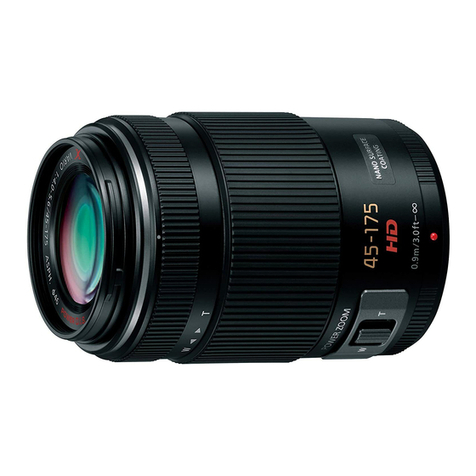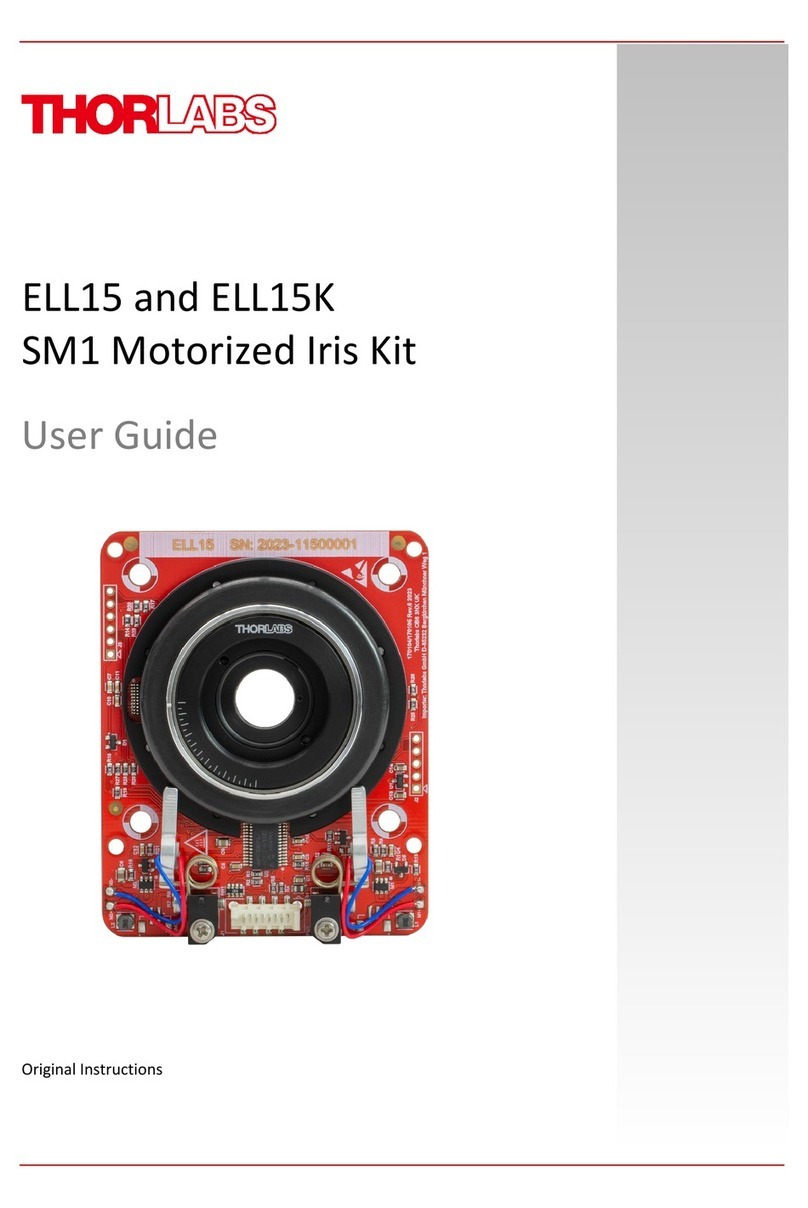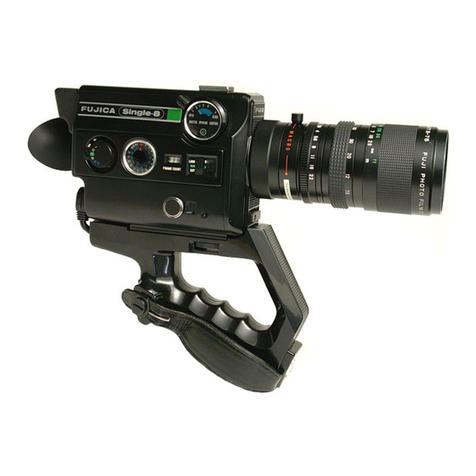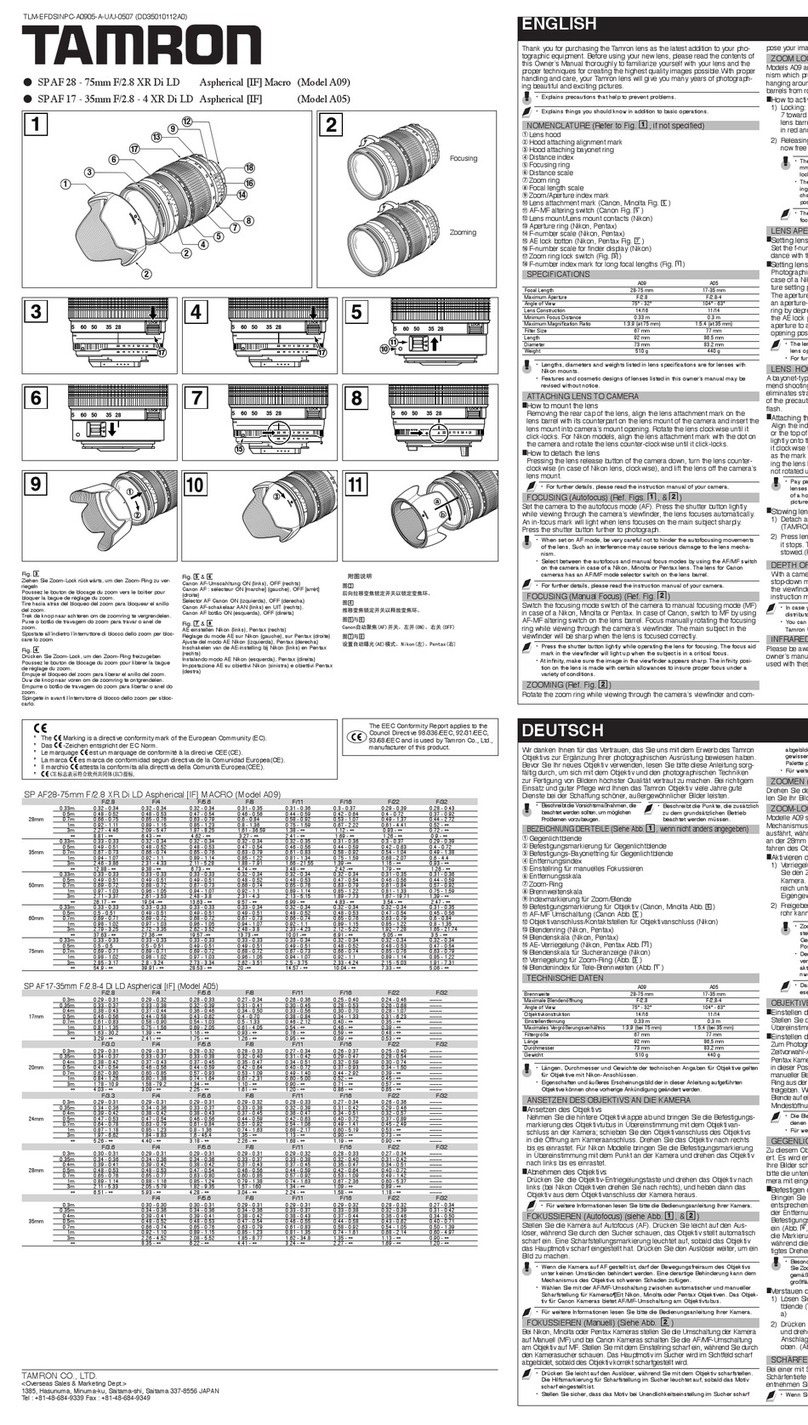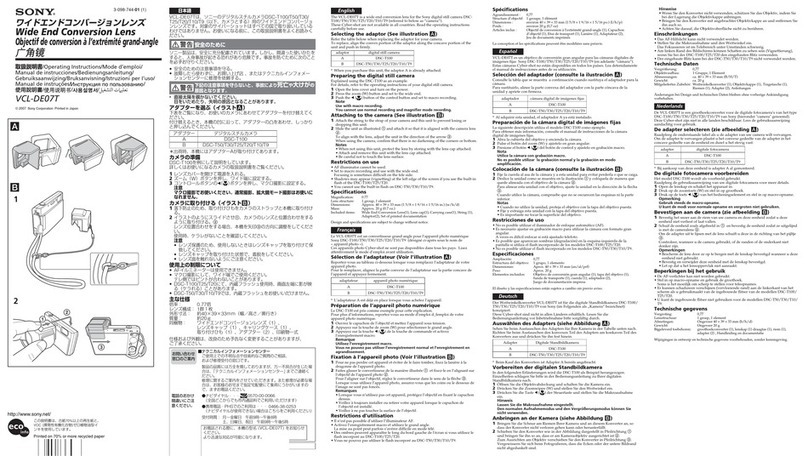Panasonic VW-CLT1 User manual
Other Panasonic Camera Lens manuals
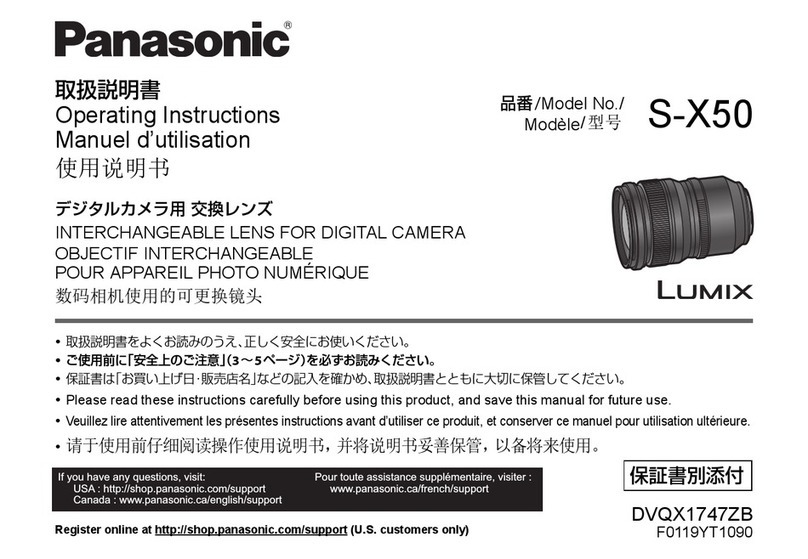
Panasonic
Panasonic LUMIX S-X50GC User manual
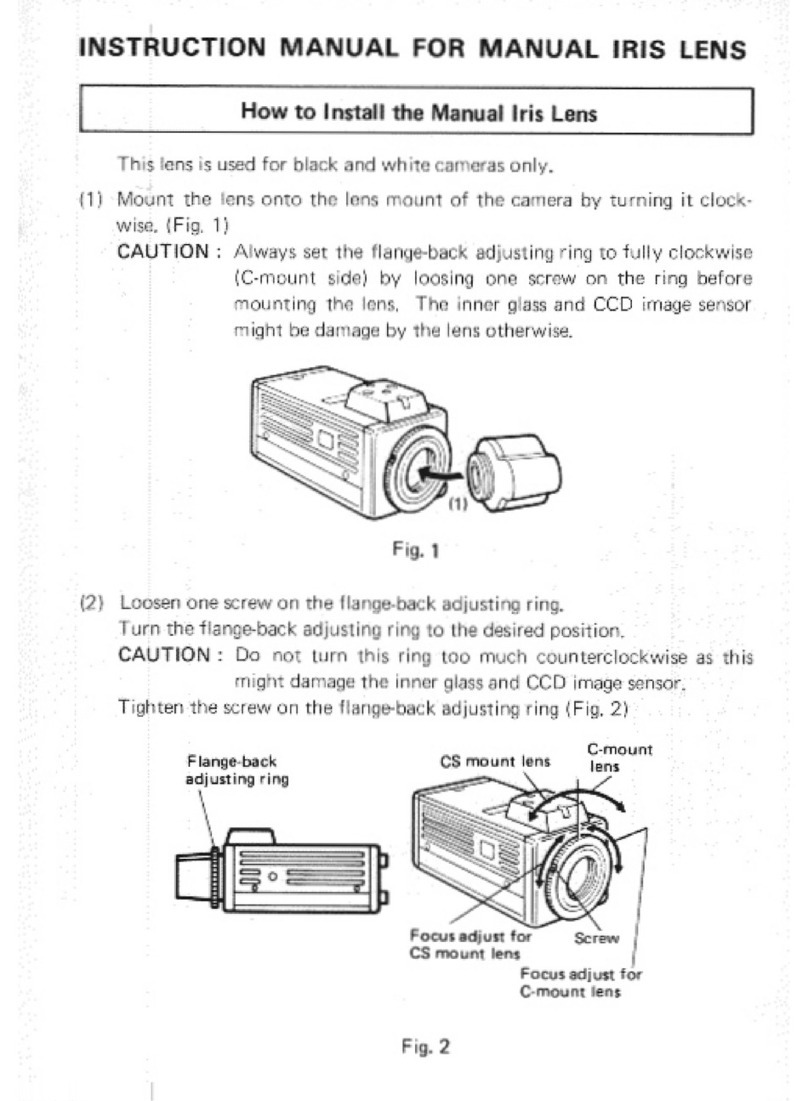
Panasonic
Panasonic WV-LM6B2 User manual
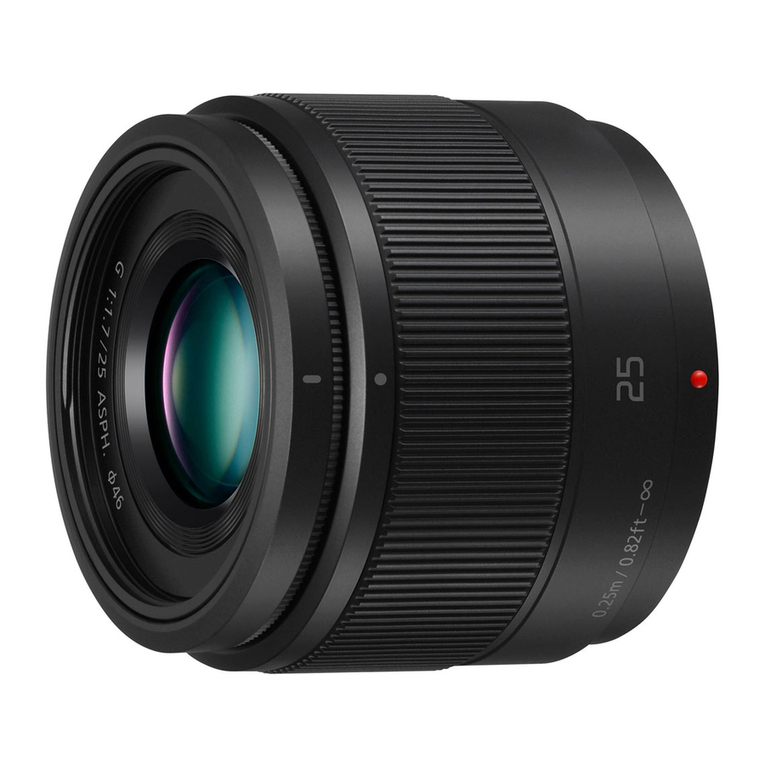
Panasonic
Panasonic H-H025 User manual
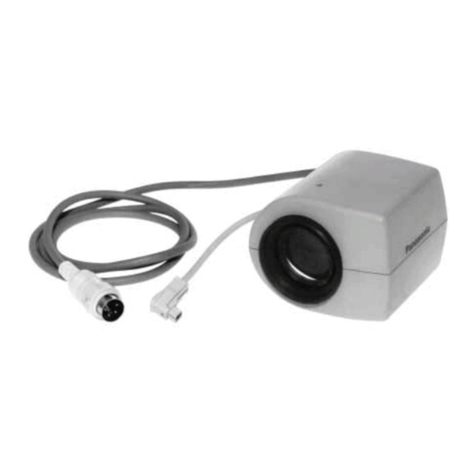
Panasonic
Panasonic WVLZ6115 - ZOOM LENS User manual
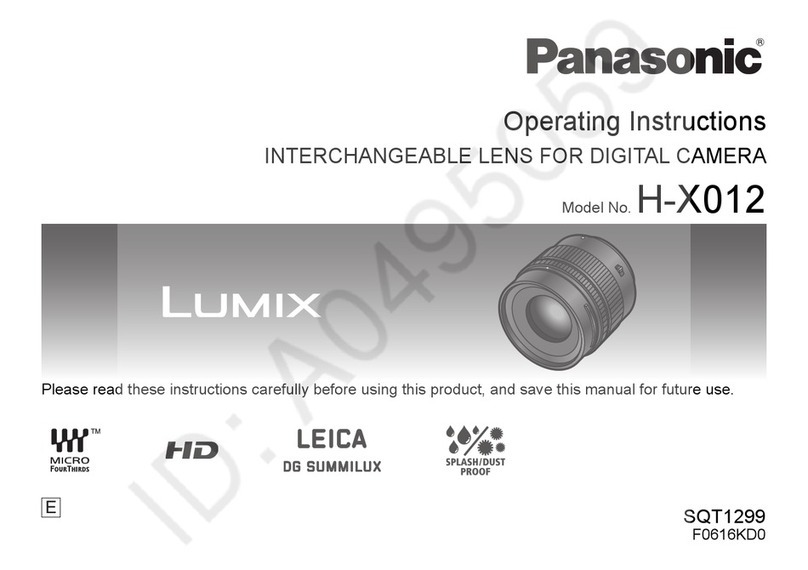
Panasonic
Panasonic LUMIX H-X012E User manual
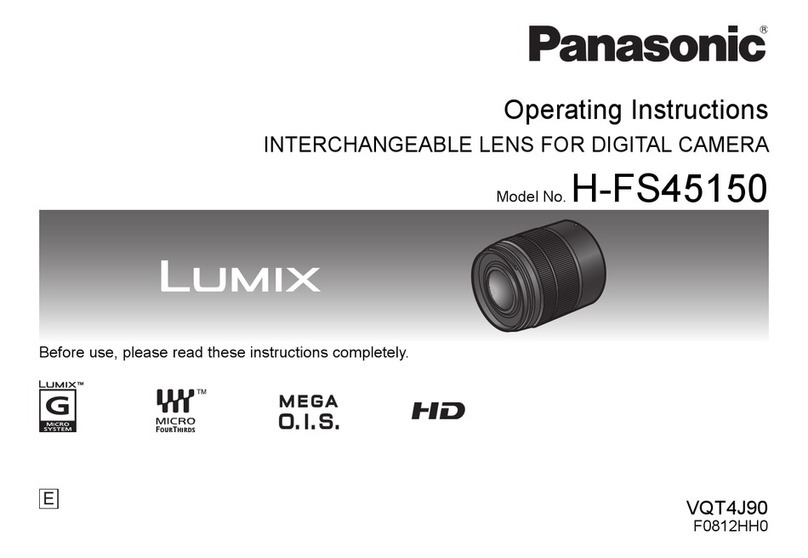
Panasonic
Panasonic Lumix G Vario H-FS45150E User manual
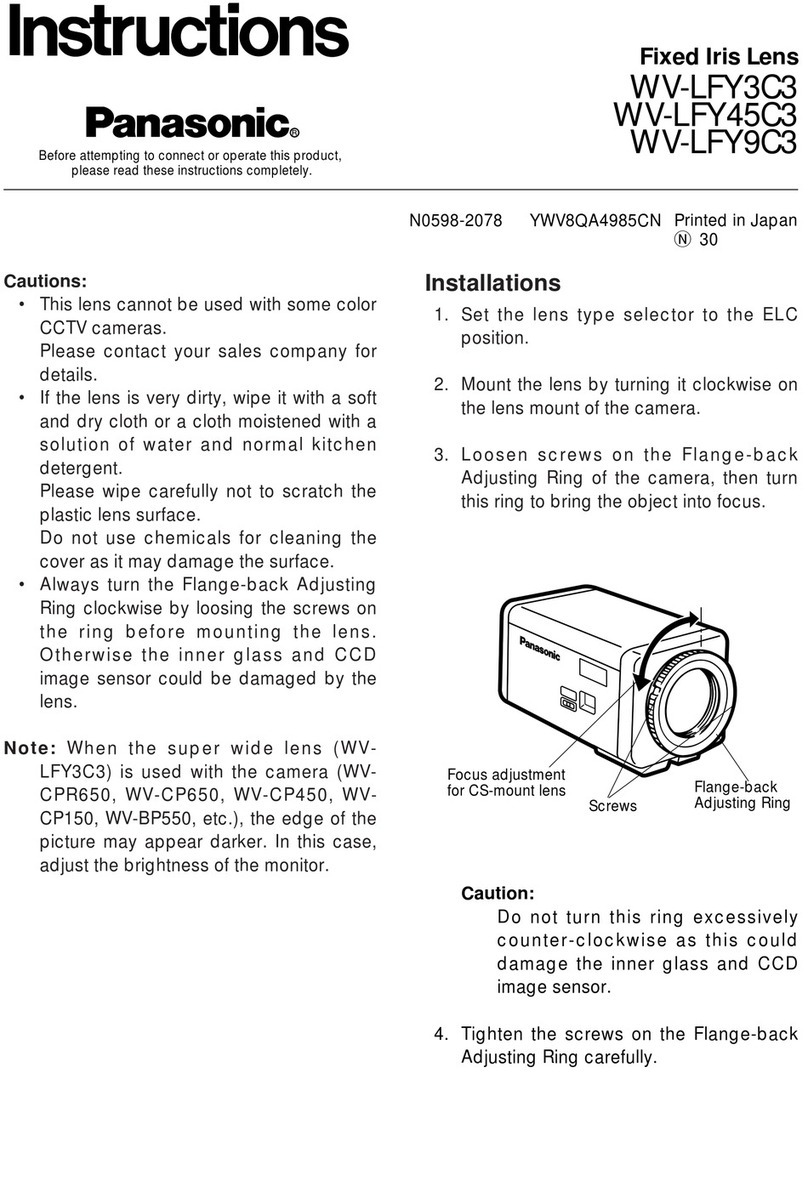
Panasonic
Panasonic WV-LFY3C3 User manual
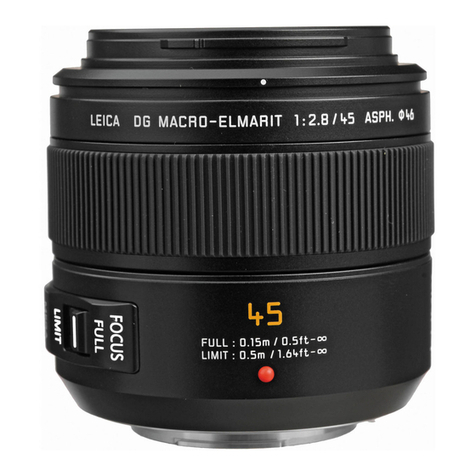
Panasonic
Panasonic Lumix H-ES045 User manual
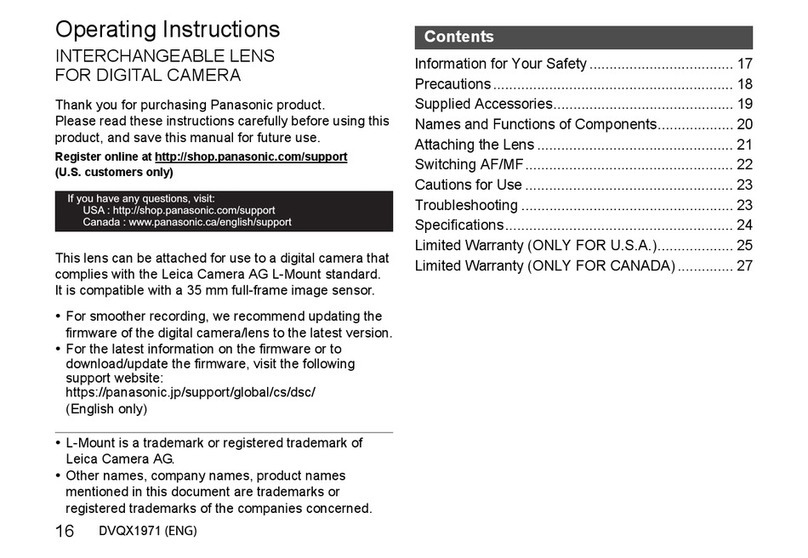
Panasonic
Panasonic LUMIX S PRO R1635 User manual

Panasonic
Panasonic H-FS045200E User manual
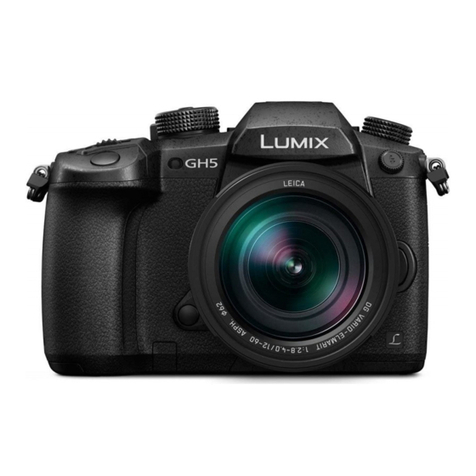
Panasonic
Panasonic DC-GH5M Series User manual

Panasonic
Panasonic Lumix H-HS12035 User manual

Panasonic
Panasonic Lumix H-XA025 User manual

Panasonic
Panasonic Lumix DMC-G1KPP User manual

Panasonic
Panasonic 5025232891795 User manual
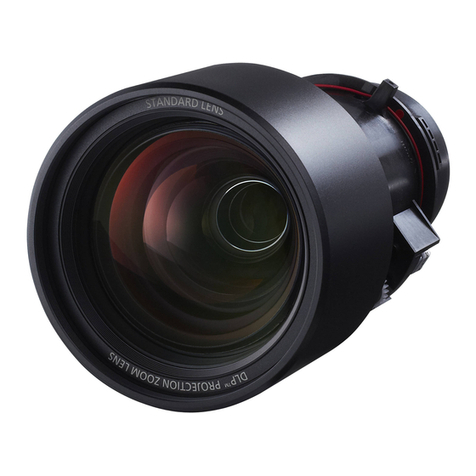
Panasonic
Panasonic ET-DLE170 User manual

Panasonic
Panasonic Lumix H-H014 User manual

Panasonic
Panasonic Lumix H-H020A User manual
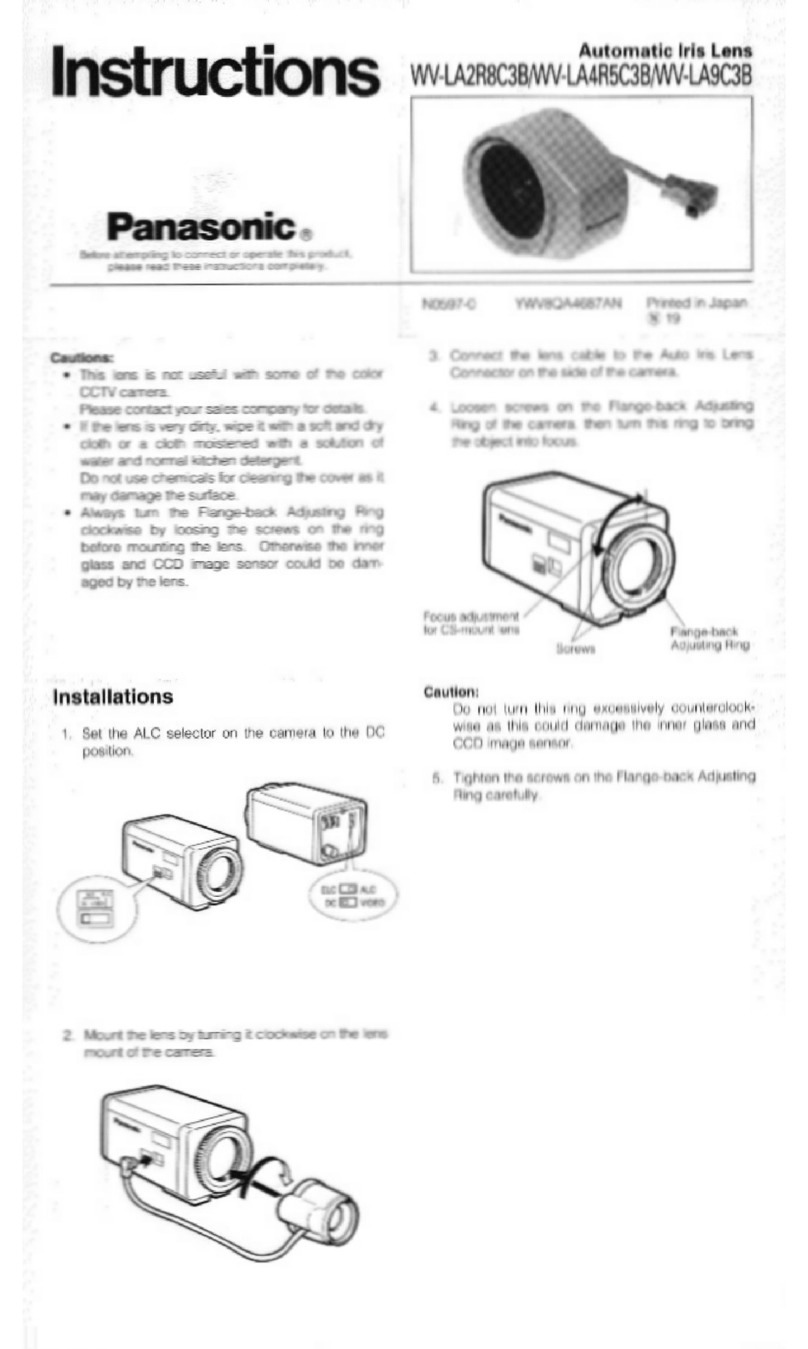
Panasonic
Panasonic WV-LA2R8C3B User manual

Panasonic
Panasonic Lumix H-FSA14140 User manual
Popular Camera Lens manuals by other brands
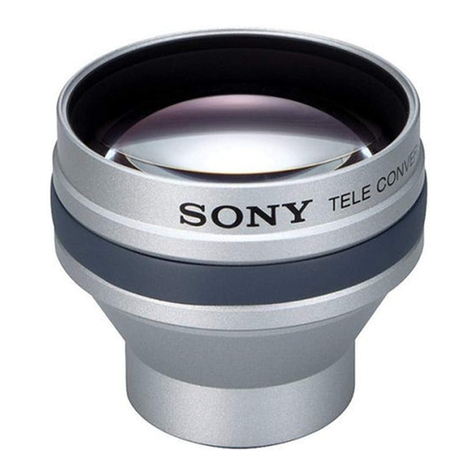
Sony
Sony VCL-HG2037 operating instructions
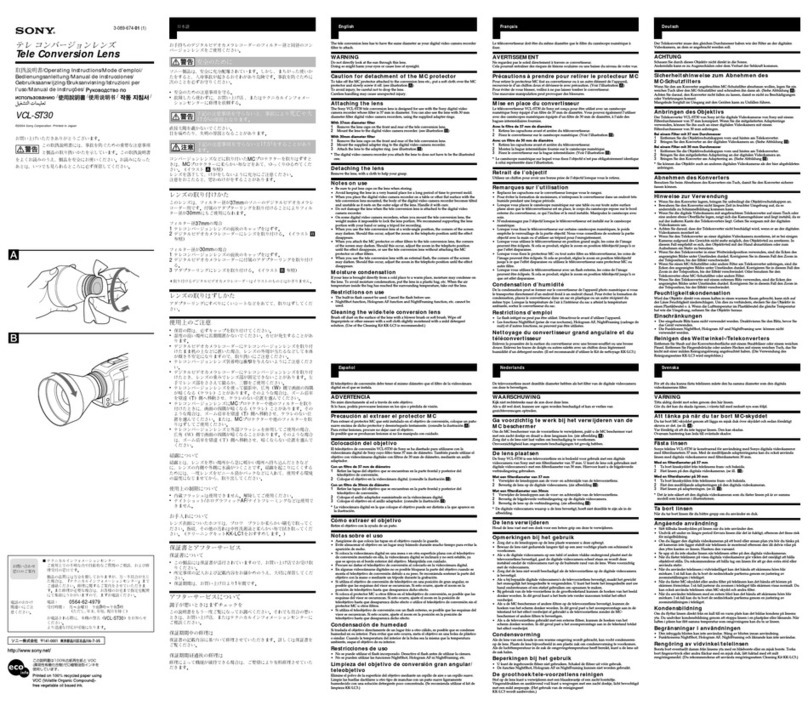
Sony
Sony VCL-ST30 operating instructions
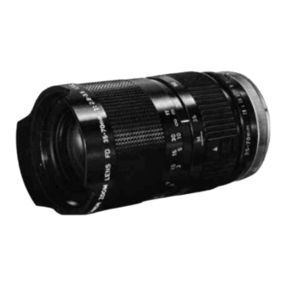
Canon
Canon FD 35 - 70 mm instructions
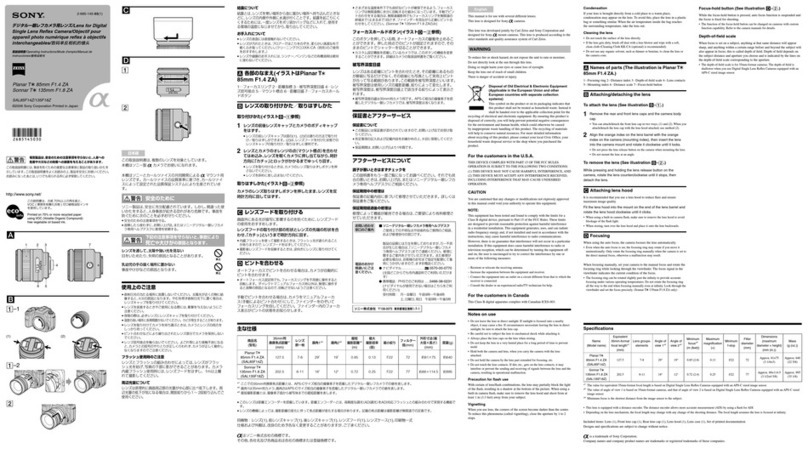
Sony
Sony SAL-85F14Z - 85mm f1.4 Carl Zeiss Planar T Coated Telephoto... operating instructions

Olympus
Olympus M.Zuiko Digital ES 300mm f4.0 IS PRO instructions

ARRI
ARRI Lenses brochure


